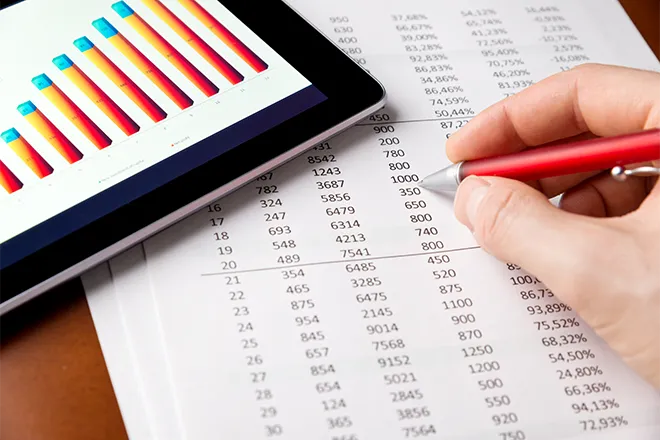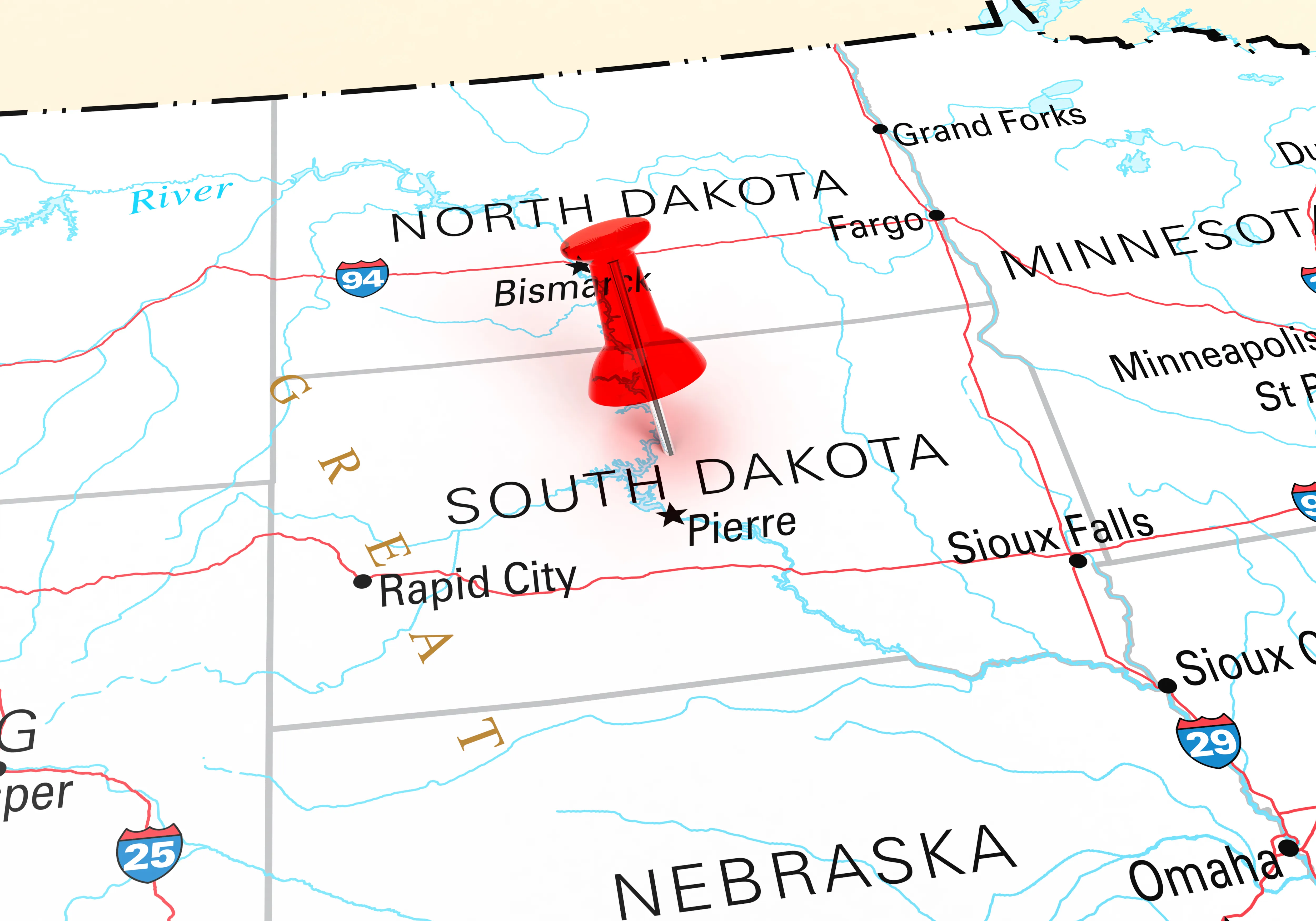
GDP Report: U.S. economic growth slows
(The Center Square) – The U.S. economy is growing at a slower pace, newly released economic data shows.
The Bureau of Economic Analysis released Gross Domestic Product Data Thursday that showed the size of the U.S. economy increased by 1.1 percent in the first quarter of 2023, more slowly than the previous quarter.
Last quarter, GDP increased by 2.6 percent.
“The increase in real GDP reflected increases in consumer spending, exports, federal government spending, state and local government spending, and nonresidential fixed investment that were partly offset by decreases in private inventory investment and residential fixed investment,” the BEA said. “Imports, which are a subtraction in the calculation of GDP, increased…”
Democrats celebrated the growth as evidence the U.S. is not in a recession, but the U.S. Federal Reserve is expected to continue raising interest rates to combat inflation, which will likely slow economic growth further.
“Overall the economy is a little below what CBO forecast prior to the pandemic. But that is not surprising given that the pandemic did lasting damage to the economy,” Jason Furman, an economist and Harvard professor, wrote on Twitter. “Plus it is well within the rounding error of the pre-pandemic forecast.”
Americans did see their personal savings and disposable income increase.
"Disposable personal income increased $571.2 billion, or 12.5 percent, in the first quarter, compared with an increase of $403.0 billion, or 8.9 percent, in the fourth quarter,” BEA said. “Real disposable personal income increased 8.0 percent in the first quarter, compared with an increase of 5.0 percent in the fourth. Personal saving was $946.2 billion in the first quarter, compared with $758.8 billion in the fourth quarter. The personal saving rate—personal saving as a percentage of disposable personal income—was 4.8 percent in the first quarter, compared with 4.0 percent in the fourth.”

















